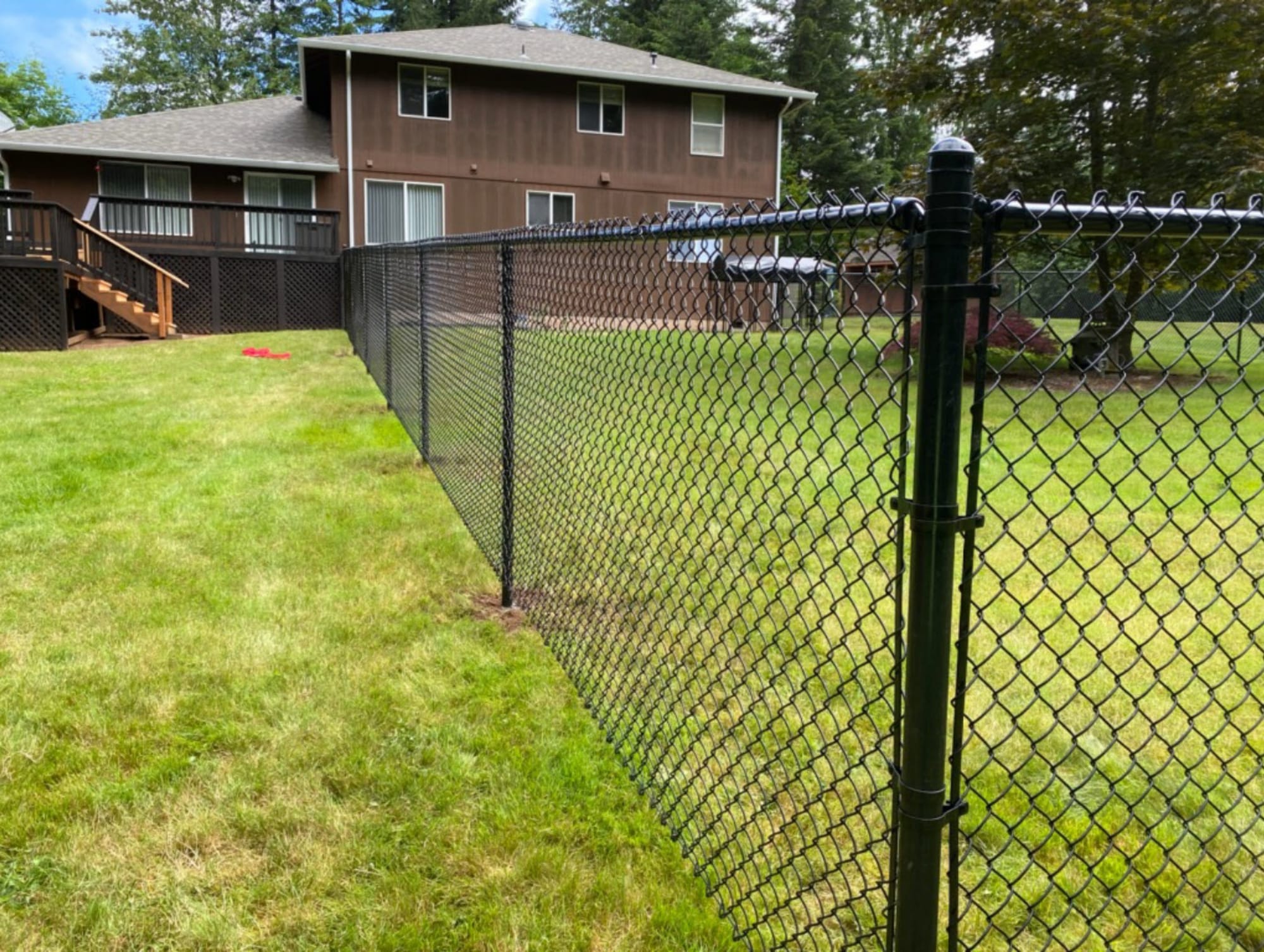All Categories
Featured

One of the most important tasks in fencing maintenance is determining exactly how usually to paint or tarnish the wood. Below's an overview to help you determine when it's time to paint or tarnish your wood fence.
Factors Affecting Paint or Tarnishing Regularity. Several vital factors identify just how usually you ought to paint or tarnish your wooden fencing. These include the kind of wood, the climate in your area, and the degree of exposure your fence has to the components.
- Climate and Climate Conditions. The environment where you live plays a considerable duty in just how quickly your fence will use down. Severe weather such as intense sunlight, heavy rainfall, or freezing temperatures can speed up the degeneration process.
Sunny Climates: In locations with great deals of sunlight, UV rays can trigger the timber to dry, fade, and split. Therefore, you might require to paint or restain your fencing every 2 to 3 years to protect against damage. Rainy or Humid Locations: In places where rain and moisture are constant, wooden fencings absorb wetness, which can bring about bending, deteriorating, or mold and mildew development. Regular discoloration is necessary in these areas, typically every 1 to 2 years. Cold Climates: Freezing temperatures and snow can trigger the paint or stain to peel. You may need to rejuvenate the surface every 3 to 5 years to maintain your fencing in great condition if your area experiences cool wintertimes. 2. Sort of Wood. The wood species used for your fencing will likewise determine the frequency of painting or staining. Hardwoods often tend to be more sturdy than softwoods, and each sort of wood reacts in different ways to tarnish or paint.
Cedar and Redwood: These woods are normally immune to rot and insects, yet they can shed their shade in time because of UV exposure. Staining or securing these kinds of timber every 2 to 3 years aids maintain their appearance. Pine and Fir: These softwoods are more prone to moisture damages and require more constant upkeep. You may need to restain or repaint these fences every 1 to 2 years to keep them shielded from the elements. Pressure-Treated Wood: While pressure-treated timber is developed to resist rot, it still needs to be discolored or secured to avoid moisture absorption. A fresh layer of tarnish or sealant may be required every 2 to 3 years. 3. Discolor vs. paint. Whether you paint or stain your fencing can substantially affect the maintenance timetable.

Paint: Paint gives a solid layer of protection that obstructs wetness and UV rays. It can peel off, crack, or fade over time, particularly with long term exposure to the components. Commonly, a painted fencing requires to be repainted every 3 to 5 years. Tarnish: Stain soaks into the timber and provides a much more all-natural appearance while still offering defense. Stained fences tend to show use much more promptly than painted ones, as the stain can fade or wash away. You will likely require to restain your fencing every 2 to 3 years, depending upon the direct exposure to sun and rainfall. 4. Noticeable Signs of Wear. While a basic maintenance schedule is useful, you must also watch on the problem of your fence to figure out when it's time for a fresh layer of paint or tarnish. Look for these indications:
Discoloring or Discoloration: If your fence has actually lost its initial color or has ended up being weathered and grey, it's time to reapply a stain or paint to recover its appearance. Breaking or peeling: If the paint or tarnish begins to split or peel, it's a clear sign that the safety layer is no longer doing its work. This can lead to water damages, so it is necessary to address it immediately. Water Absorption: Conduct a straightforward water test by spraying some water onto the surface area of the fence. The fencing is still sealed if the water beads up. It's time to restain or paint if the water saturates in. 5. Appropriate Maintenance Techniques. For the finest outcomes, it's vital to prepare the wood effectively before paint or discoloration. Begin by cleaning the fence to get rid of mold, mold, or dust. Repair any type of damages, such as fractures or loose boards, to ensure the fencing remains in good problem prior to using a fresh layer.

Choose a dry, mild day for painting or staining to prevent the surface drying too quickly or unevenly. Always apply paint or discolor according to the maker's instructions, and permit ample drying out time between layers.
Conclusion. In general, wood fencings need to be repainted or tarnished every 2 to 3 years, depending on the environment, type of timber, and direct exposure to the elements. Whether you select to paint or stain, regular maintenance will certainly safeguard your fencing from the climate and keep it looking attractive for years to come.
Latest Posts
Reasons Consistent Vehicle Maintenance at Montclare Auto Repair Saves You Money
Published May 28, 25
1 min read
Explore Montclare Auto Repair’s Most Popular Car Care Solutions and Why Drivers Choose Them
Published May 24, 25
1 min read
Uncover the Greatest Auto Repair Coupons in Montclare, Chicago
Published May 23, 25
1 min read
More
Latest Posts
Reasons Consistent Vehicle Maintenance at Montclare Auto Repair Saves You Money
Published May 28, 25
1 min read
Explore Montclare Auto Repair’s Most Popular Car Care Solutions and Why Drivers Choose Them
Published May 24, 25
1 min read
Uncover the Greatest Auto Repair Coupons in Montclare, Chicago
Published May 23, 25
1 min read